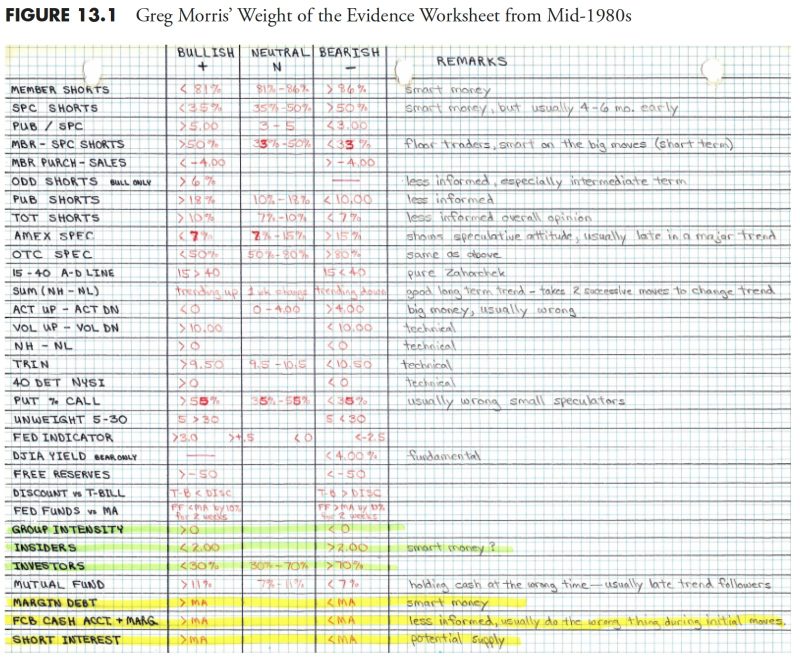Understanding the Market
The importance of measuring the market in rules-based money management cannot be overstressed. This core aspect of financial management provides an insight into the movements and trends, allowing for effective strategic planning and investment decisions. Knowing how to effectively measure the market is crucial in crafting rules for a money management system.
Fundamental vs Technical Analysis
Two main tools form the bedrock of measuring the market: fundamental and technical analysis. Fundamental analysis focuses on the intrinsic value of an investment, while technical analysis concerns itself with statistical trends derived from market activity, such as price movements and volume.
Fundamental analysis focuses on economic and financial factors to predict the future movements of an investment. Analysts assess the health of companies by evaluating their financial reports, manufacturing data, economic indicators such as inflation rates, unemployment rates, and GDP growth. Accurate measures obtained from this method provide a solid guide in managing your money in various markets.
On the other hand, technical analysis uses historical price and volume data to predict future market trends. It operates on the premise that all current market information is reflected in the price of an asset; therefore, studying price patterns and trends are enough to make informed predictions about future price movements. Technical analysis tools, including charts, trend lines, support and resistance levels, are invaluable when creating rules for money management.
Importance of Economic Indicators
Economic indicators play a significant role in measuring the market. Notable ones include the Consumer Price Index (CPI), Producer Price Index (PPI), Gross Domestic Product (GDP), employment rates, and various industry data. These indicators are crucial in understanding how well or poorly an economy is performing, and consequently, where the market is likely to head in the near future. They are particularly believed to be reliable predictors of future inflation or deflation, which can have a significant impact on your investment portfolio.
Market Sentiment: The Emotional Aspect
Market sentiment, another vital aspect of measuring the market, is often influenced by the emotional and psychological attitudes of investors. As investors, our behavior and attitudes towards risk can greatly affect market movements. Tools such as the Fear & Greed Index can be used to quantify this sentiment and provide a holistic view of how investors’ emotions are affecting the market.
Price Indices and Benchmarking
Price indices, like the S&P 500, Dow Jones, and NASDAQ, provide a brief snapshot of the market at a glance. They serve as benchmarks for humongous amounts of money in mutual funds, ETFs, and other investment vehicles. They also give valuable insight into overall market trends and economic health by reflecting the performance of select groups of stocks.
Liquidity Analysis
Lastly, liquidity analysis, studying the market’s ability to facilitate the purchase or sale of an asset without causing drastic change in its price, is a valuable tool. High liquidity levels typically indicate a healthy and vibrant market, while low liquidity often represents a more volatile market.
In conclusion, measuring the market involves utilizing a broad range of financial analytics tools to capture an accurate picture of market trends, economic conditions, and investor sentiment. These tools form a robust basis for making sound, rules-based financial decisions in the hopes of maximizing gains and minimizing losses. As investors, understanding how and when to use these tools can greatly enhance our ability to navigate the often turbulent waters of financial markets.




